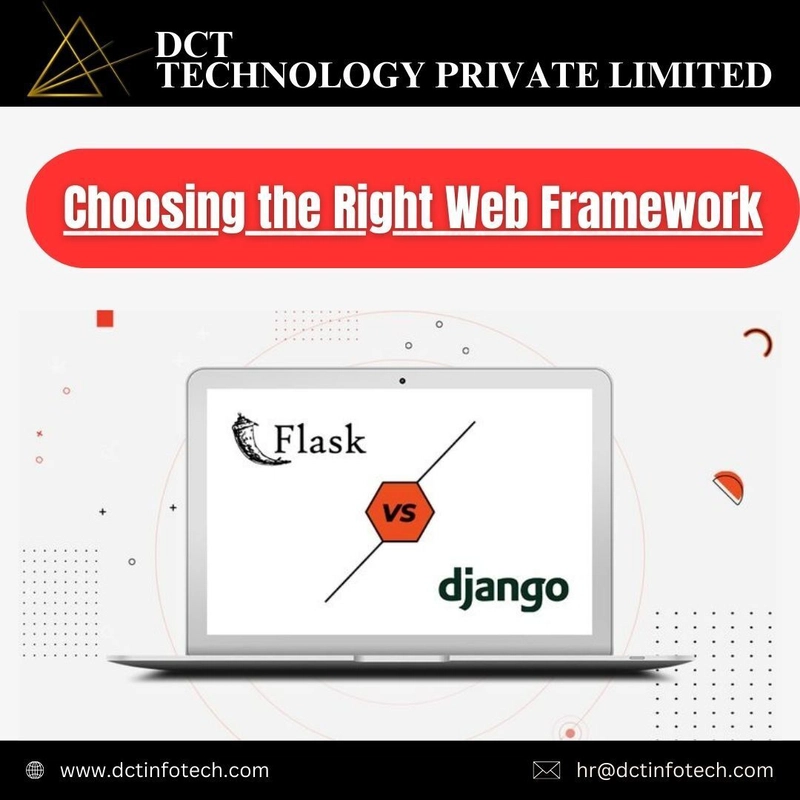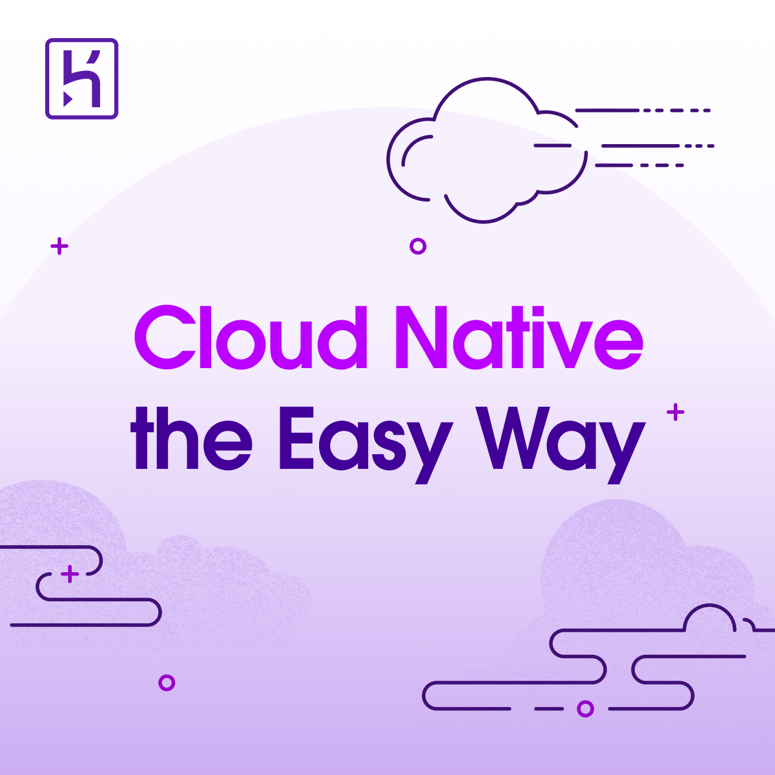Web development is evolving faster than ever, and whether you're freelancing, working at a startup, or building your own SaaS, choosing the right Python web framework isn’t just a tech decision—it’s a business decision.
Still stuck deciding between Flask and Django? You're not alone. Let's break this down in a way that actually helps you choose.
First, Why These Two?
Both Flask and Django are popular for Python web development, but they cater to very different needs.
Here's why you're likely comparing them:
- They're both open-source, community-supported, and scalable.
- They let you build anything from MVPs to enterprise apps.
- You can integrate modern tools, APIs, and front-end frameworks easily.
But that’s where the similarities end.
🔥 When Flask is Your Secret Weapon
Flask is like a blank canvas. Lightweight and flexible, it's perfect if you:
- Want maximum control over your app architecture.
- Are building a microservice, API backend, or something lightweight.
- Love plugging in your own tools for auth, ORM, form validation, etc.
✅ Pros:
- Minimal boilerplate
- Easier to learn for beginners (but deeper knowledge is needed as you scale)
- Great for REST APIs and serverless
👎 Cons:
- You manage almost everything manually
- Can lead to messy architecture without strict patterns
Here’s a quick Flask example to spin up a basic route:
from flask import Flask
app = Flask(__name__)
@app.route('/')
def hello():
return "Hello from Flask!"
if __name__ == '__main__':
app.run(debug=True)
🧠 Recommended resource: Flask Mega-Tutorial by Miguel Grinberg
🏰 When Django Becomes Your Empire
Django is your full-featured Swiss Army knife. It comes batteries-included—ideal if you:
- Need rapid development with built-in tools
- Are working on large projects with complex requirements
- Prefer convention over configuration
✅ Pros:
- Built-in admin, ORM, authentication, and more
- Scales beautifully with proper architecture
- Rich third-party packages
👎 Cons:
- Can feel too “opinionated” or bloated for small projects
- Slightly steeper learning curve due to the number of features
Basic example in Django:
# In views.py
from django.http import HttpResponse
def home(request):
return HttpResponse("Hello from Django!")
# In urls.py
from django.urls import path
from . import views
urlpatterns = [
path('', views.home),
]
🌐 Solid Django starter: Official Django Tutorial
🧭 So... Which One Should You Choose?
Ask yourself these:
How fast do I need to go? Flask is minimal, Django is ready-to-go.
How much do I want to customize? Flask gives you freedom, Django gives you structure.
What does the project really need? If you need admin, ORM, auth, and forms—Django wins. If it’s just an API backend—Flask is leaner.
📌 Pro Tip:
Start small with Flask to learn the fundamentals. But if you’re looking to build full-stack products or marketplaces, Django will save you weeks of work.
🛠 Bonus Resources You’ll Love
- Full Flask Project: Simple Blog with CRUD
- Django REST Framework: Powerful API Toolkit
- Flask vs Django: Real Developer Reddit Thread
💬 Let’s Talk
Have you worked with either Flask or Django?
What project are you building next?
👇 Drop your thoughts in the comments—let’s chat frameworks, war stories, and best practices.
👀 Want more no-BS content on web development, design tips, SEO hacks, and tech consulting wisdom?
👉 Follow DCT Technology for weekly drops that'll keep your brain buzzing.





Top comments (1)
What about fast api?